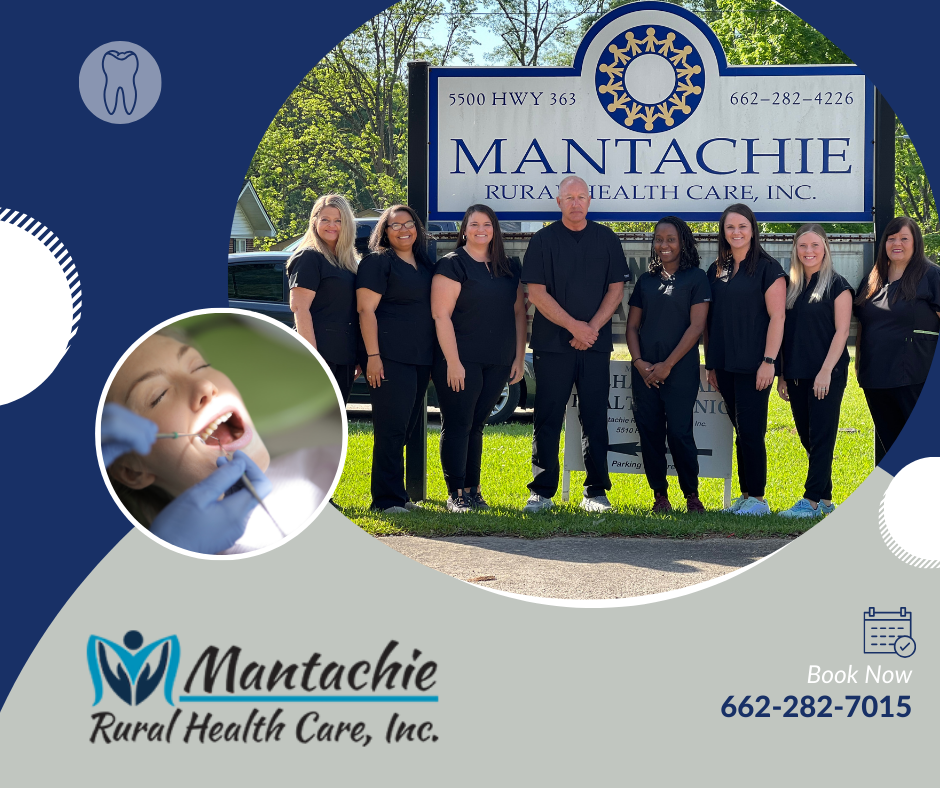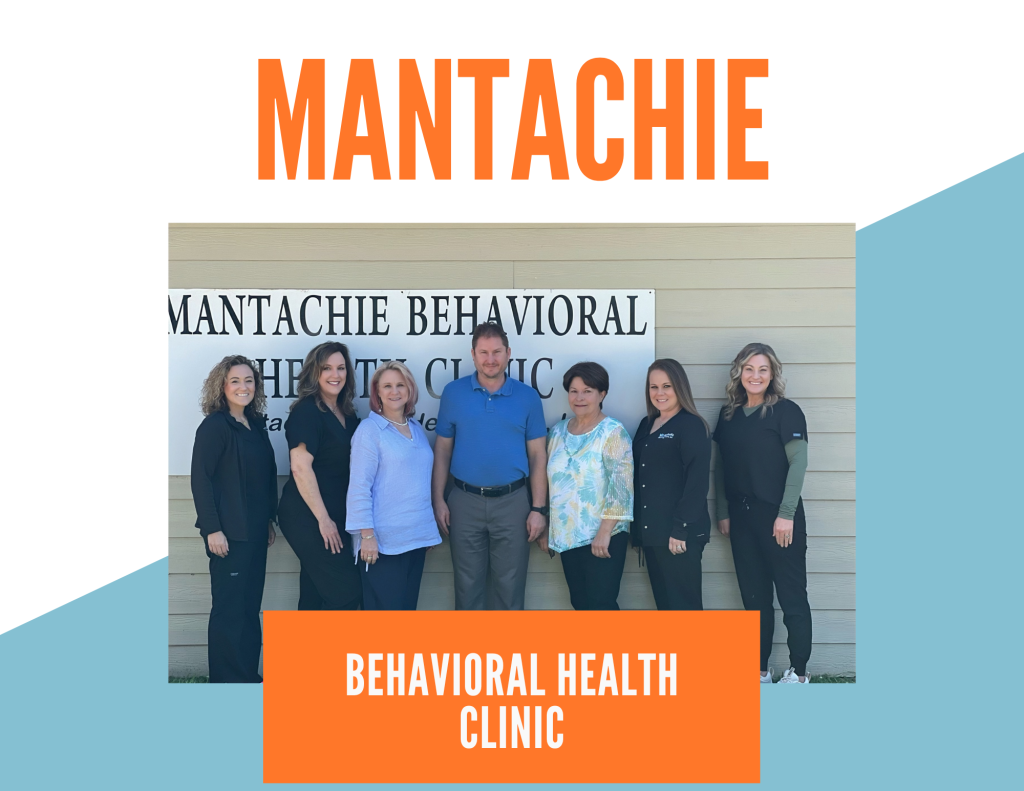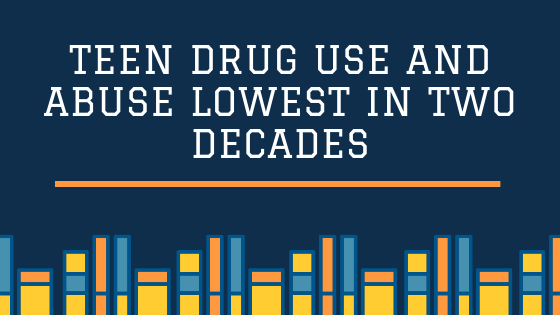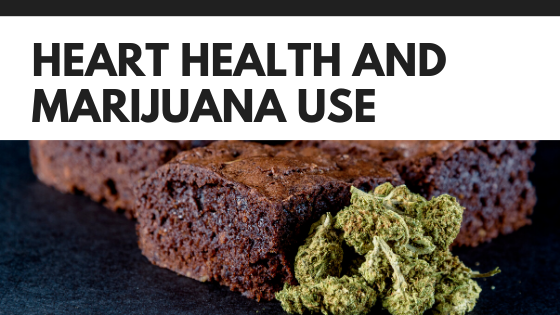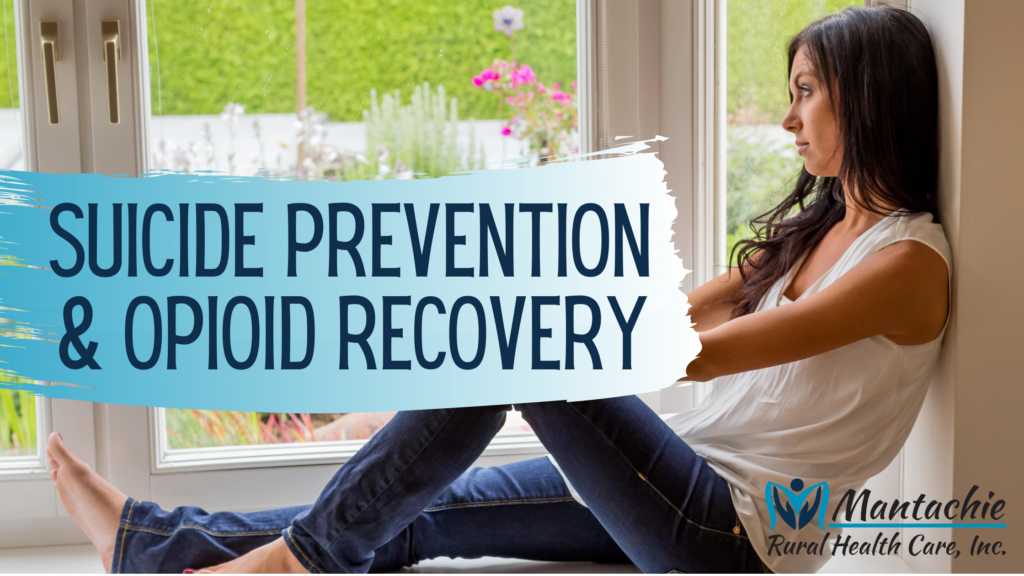
Statistics paint a bleak picture when it comes to suicide and addiction. A Psychology Today article cites drug and alcohol abuse as the second most common risk factor for suicide. One in three people who take their own life are under the influence of drugs. Poisoning composes the third-leading method of suicide and three-fourths of those deaths by poisoning use drugs. The article points to drug or alcohol abuse as the leading indicator of suicide risk over depression or mental illness. For true suicide prevention, we must support opioid and addiction recovery.
Links between suicide attempts and addiction include depression resulting from an inability to fight an addiction, the loss of relationships due to addiction and the use of drugs and alcohol to mask mental illness. Persons who abuse drugs may also have lowered inhibitions and show a readiness to take more risks.
Addiction Recovery Key to Suicide Prevention
Treatment for opioid addiction addresses not only the known addiction but also the mental illnesses and mental trauma triggering the addiction or depression caused by the addiction. Opioid and addiction recovery are key to suicide prevention, but it’s important for addicts and family members to expect a holistic approach to drug treatment. Managing both underlying mental illnesses and addiction improves an addicts chances at recovery and reduces the risk for suicide.
When an addict seeks treatment, family, friends and their medical team should ask the hard questions “have you considered or attempted suicide or are you considering suicide?”. Asking the hard question does not give your loved one ideas about suicide, but rather opens a conversation about an otherwise stigmatized subject.
Signs to Know
Not every person considering suicide shows signs of depression. Often family and friends piece together signs of a loved one’s suicide plan after the fact. Because of the increased risk of suicide related to drug addiction, it’s imperative for the addict to seek treatment and for friends and family to ask the hard questions.
Signs a person is considering suicide include:
- Talking about wanting to die
- Increasing drug or alcohol use
- Talking about feeling trapped
- Displaying increased anger or rage
- Talking about not wanting to be a burden to others
- Behaving recklessly
- Sleeping less or more
- Isolating themselves
If someone you know is talking about suicide, whether they have an addition or not:
- Ask them if they plan to commit suicide.
- Listen without judgement.
- Remove objects that could be used for suicide
- Stay with the person or leave them in the care of someone else while you get help.
- Call the suicide prevention hotline: 1-800-273-TALK (8255)
- Call 9-1-1 if self-harm is imminent.
Parents, spouses, children and friends of addicts worry about overdoses and violence involving their loved one. Suicide adds another line to the worry. Treatment isn’t just about the addiction but about healing behavioral and mental health issues contributing to or caused by the addiction.
If you or someone you love is struggling with opioid or addiction recovery and suicide prevention, call our behavioral health clinic at 662-282-4359 for an appointment or in case of a medical emergency call 9-1-1.


